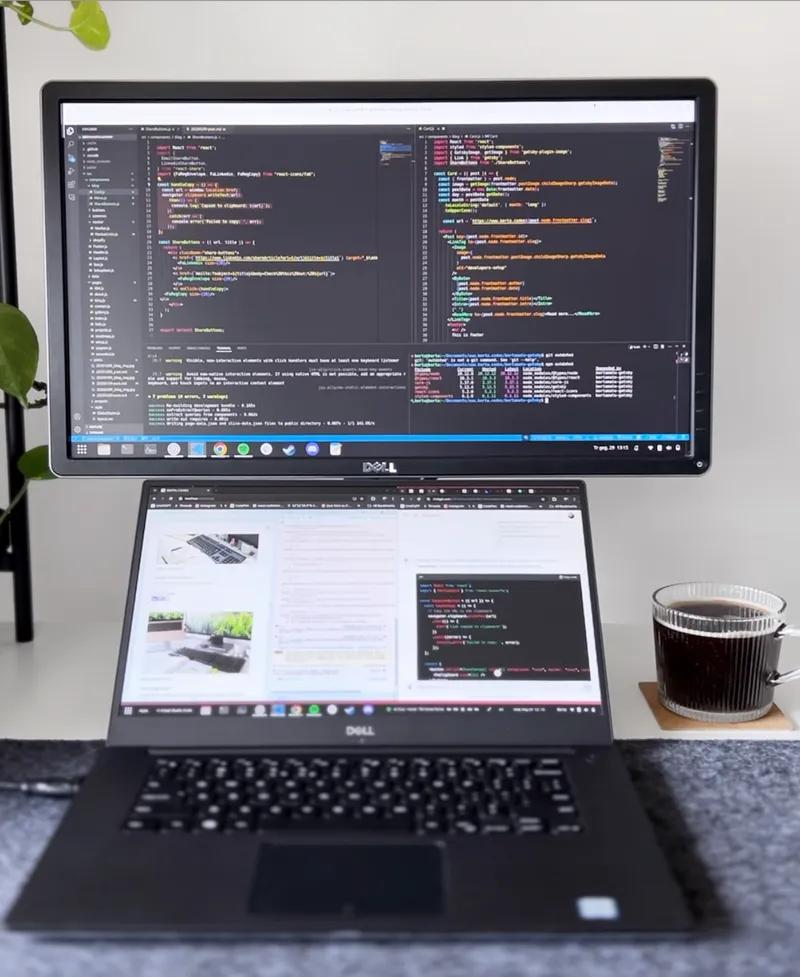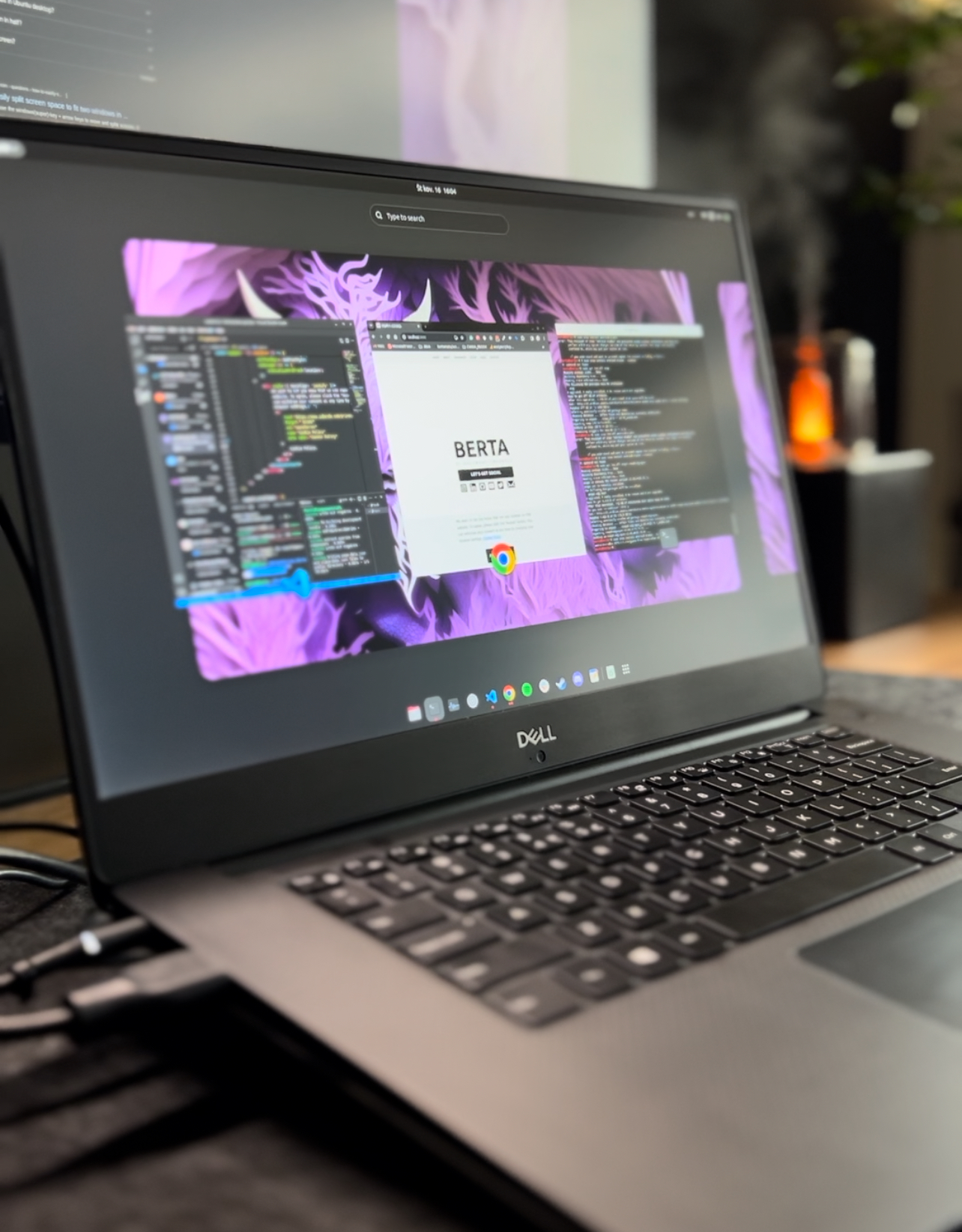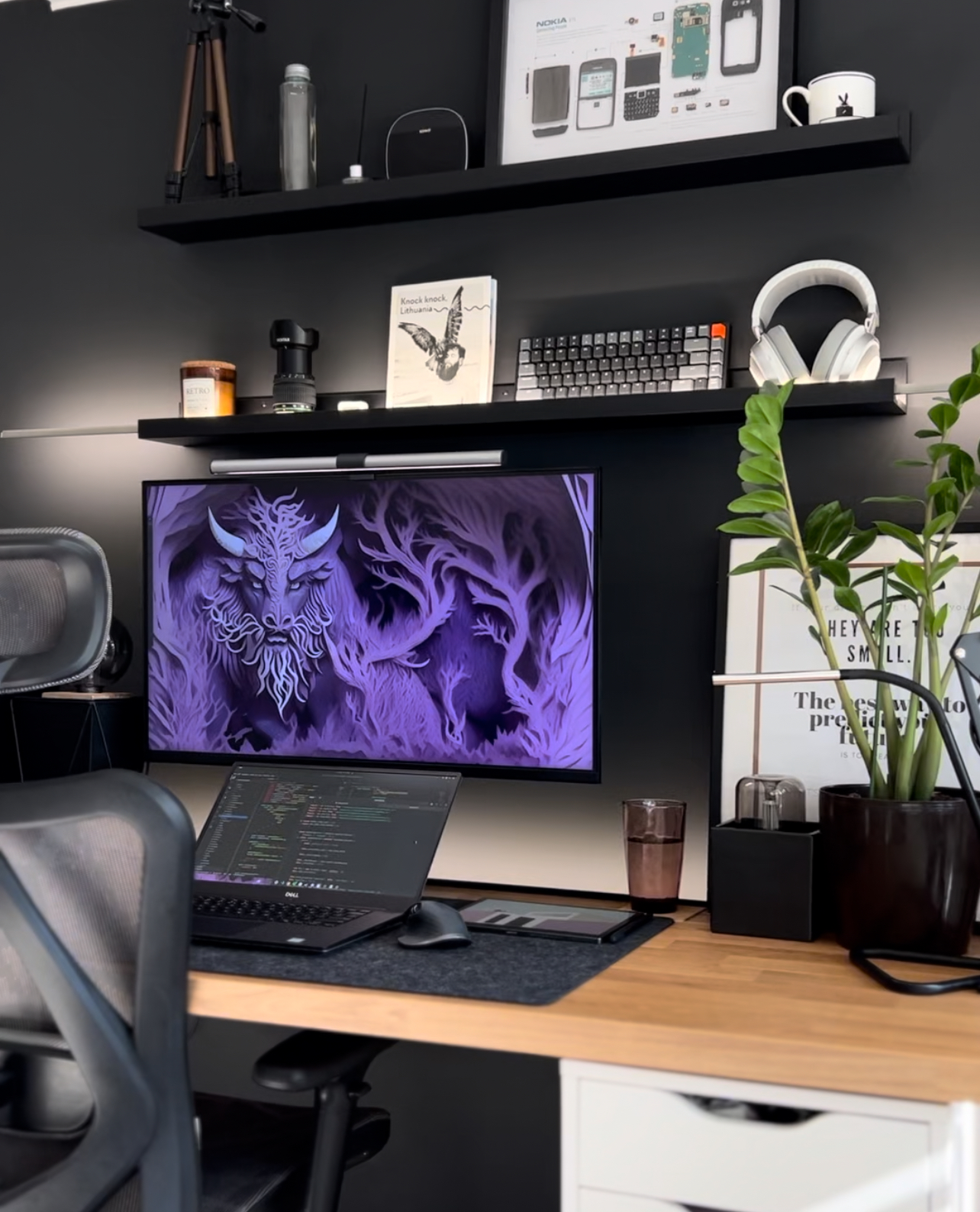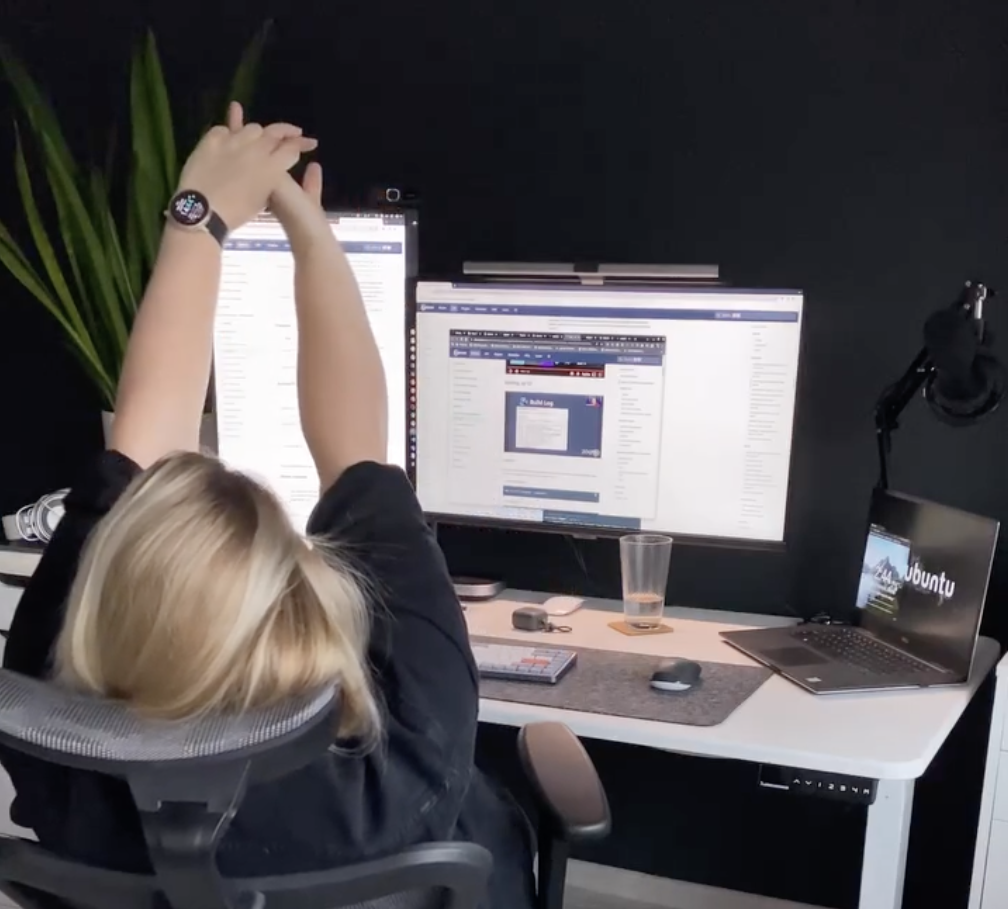Ubuntu GNOME: Extensions
GNOME extensions are like little upgrades for your computers desktop. They help you change how things look or how you do things.

GNOME extensions are powerful add-ons that enhance the functionality and appearance of your Ubuntu desktop environment. They allow you to customize nearly every aspect of your GNOME desktop experience, from visual tweaks to productivity improvements. Whether you're a new Ubuntu user or a seasoned Linux enthusiast, GNOME extensions can transform your desktop into a more efficient and personalized workspace.
What Are GNOME Extensions? #
GNOME extensions are small pieces of software that modify the behavior of the GNOME Shell, which is the default desktop environment in Ubuntu 20.04, 22.04, and newer versions. They're similar to browser extensions but for your desktop. Extensions can:
• Change the appearance of your desktop
• Add new functionality to the panel
• Modify system behaviors
• Improve workflow efficiency
• Add visual effects and animations
How to Install GNOME Extensions in UbuntuThere are several ways to install GNOME extensions on your Ubuntu system:
Method 1: Using the Extensions ManagerThe simplest way to manage extensions is through the Extensions Manager application:
- Install the Extensions Manager from Ubuntu Software Center
- Open the application
- Browse available extensions
- Click the toggle switch to enable/disable extensions
- Install the browser integration:
- Install the browser extension for Firefox or Chrome
- Visit extensions.gnome.org
- Browse and install extensions directly from the website
- Caffeine - Prevents your system from going to sleep
- Sound Input & Output Device Chooser - Quickly switch audio devices
- GSConnect - Integrate your Android phone with your desktop
- System Monitor - Displays CPU, memory, and network usage in the top panel
- CPU Power Manager - Control CPU frequency scaling
- User Themes - Use custom themes for the GNOME Shell
- Blur my Shell - Add a blur effect to different parts of the shell
- Tiling Assistant - Improve window tiling capabilities
- Open the Extensions app
- Click the gear icon next to the extension
- Adjust settings to your preference
This is the most popular method:
sudo apt install chrome-gnome-shell gnome-shell-extensions
For those who prefer the terminal:
# Install extension by UUID gnome-extensions install [extension-uuid].shell-extension.zip # Enable extension gnome-extensions enable [extension-uuid] # Disable extension
gnome-extensions disable [extension-uuid]
After trying dozens of extensions, I've settled on these must-have additions that significantly improve my Ubuntu experience:
1. Extension ListThis meta-extension helps you manage all your other extensions easily.
Extension List Why I love it: It provides a quick dropdown menu from the top panel to enable/disable extensions without opening the full Extensions app. 2. Applications MenuBrings back the classic applications menu to your GNOME desktop.
Applications Menu Why I love it: It organizes applications by category, making it easier to find what you're looking for compared to the default app grid. 3. Dash to PanelCombines the top panel and dock into a single panel, similar to Windows.
Dash to Panel Why I love it: It maximizes screen space and provides a familiar interface for those transitioning from Windows. The customization options are extensive, allowing you to adjust icon size, panel position, and behavior. 4. Clipboard HistoryMaintains a history of items you've copied, allowing you to paste something you copied earlier.
Clipboard History Why I love it: This is a productivity game-changer. No more losing important text or having to copy the same thing multiple times. 5. Bluetooth Quick ConnectAllows you to connect to paired Bluetooth devices directly from the system menu.
Bluetooth Quick Connect Why I love it: Saves time by eliminating the need to open Bluetooth settings every time you want to connect to a device. Other Recommended Extensions Worth TryingBeyond my essential list, here are some other excellent extensions that might suit your workflow:
For ProductivitySound Input & Output Device Chooser
Troubleshooting GNOME Extensions #
Extensions can sometimes cause issues, especially after GNOME updates. Here are some common troubleshooting steps:
Extension Not Working After UpdateReset the extension:
gnome-extensions reset [extension-uuid]
gnome-extensions list
If you're having serious issues:
dconf reset -f /org/gnome/shell/extensions/
Managing Extension Settings #
Most extensions have configurable settings. To access them:
For some extensions, you can also right-click their icon in the top panel to access settings.
Conclusion #
GNOME extensions are a powerful way to customize your Ubuntu desktop experience. They allow you to transform the default GNOME environment into something that perfectly suits your workflow and aesthetic preferences.
The extensions I've listed are just the beginning. With hundreds of options available on the GNOME Extensions website, you can create a truly unique desktop experience. Start with a few that address your immediate needs, then gradually explore more as you become comfortable with them.
Remember that while extensions are powerful, using too many simultaneously can impact system performance. It's best to stick with those you genuinely find useful rather than installing everything that looks interesting.
Resources #
• Official GNOME Extensions Website


